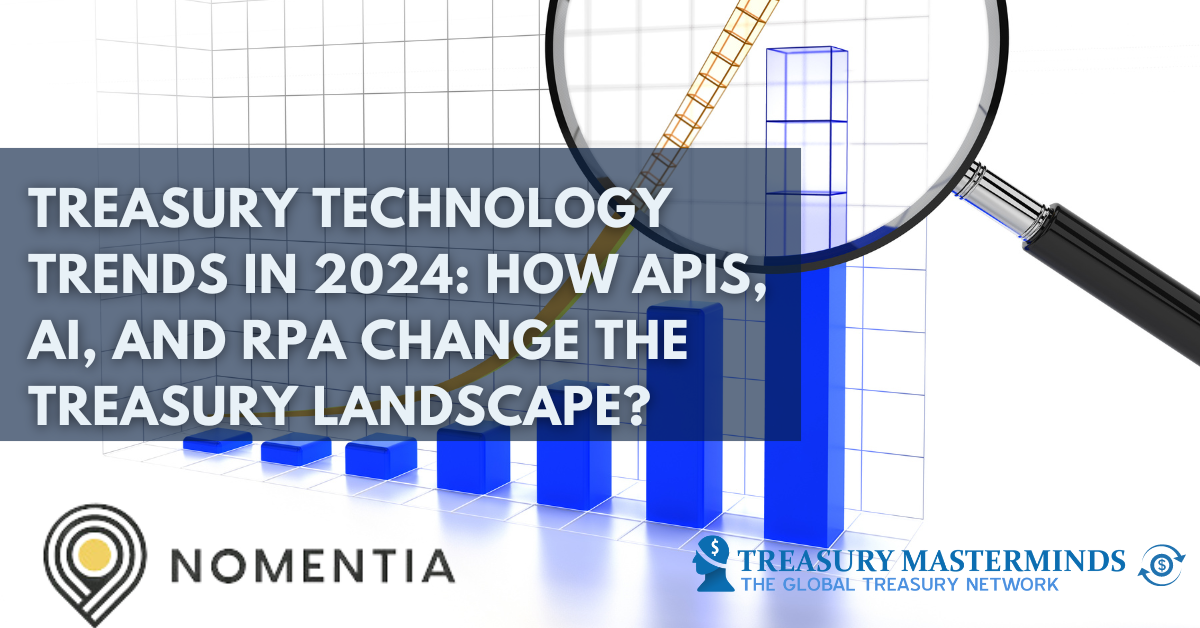
A guide to SME Payment hubs: Streamlined payment processes
This article is written by Nomentia There are a few things that are more important for small and medium-sized businesses than efficient payment processing. Prompt payment processing drives liquidity and makes cash flow management make sense. Smooth payment processes contribute to competitive advantage, reduce costs, help manage risks, and, in tandem with your other systems,…

Intercompany Transactions Guide: Meaning, Management & Strategies
This article is written by Nomentia Intercompany (IC) transactions (or intra-group transactions) are heavily used in the operations of multinational corporations, where financial exchanges between entities within the same corporate group occur frequently. While these transactions offer operational flexibility and efficiency, they also present unique challenges in terms of efficient accounting processes, compliance, and financial…
Comparing solutions: payment hubs vs. banking portals
This article is written by Nomentia Every company needs to make payments, either through banking portals or payment technologies. In this article, we’ll compare what it’s like to manage payments through bank portals versus in a payment hub. We’ll also elaborate on the pain points of using traditional corporate e-banking tools and the key benefits…
Insights from the Nomentia Treasury Summit 2024: Navigating the dynamics of modern treasury management
This article is written by Nomentia Treasury management – For the future In an engaging opening address, Nomentia’s own Lauri Bergström and Tapani Oksala painted a vivid tableau of the ever-evolving landscape of treasury management and Nomentia’s customer-centric and dynamic approach to its developments. Three key trends emerged as focal points: financial strategy, risk management,…
Intercompany Transactions Guide: Meaning, Management & Strategies
This article is written by Nomentia Intercompany (IC) transactions (or intra-group transactions) are heavily used in the operations of multinational corporations, where financial exchanges between entities within the same corporate group occur frequently. While these transactions offer operational flexibility and efficiency, they also present unique challenges in terms of efficient accounting processes, compliance, and financial…
How AI and ML are used in payment fraud detection (16 use cases)
This article is written by Nomentia Artificial Intelligence (AI) and Machine Learning (ML) are two technologies that have been widely discussed in recent years. They offer a range of tools that are gradually being integrated into our personal and professional lives. These technologies are particularly useful in situations where there are many time-consuming and manual…
How to improve payment security for treasury & finance teams
This article is written by Nomentia Most larger companies process hundreds, if not thousands, of outgoing payments every day. These payments are crucial for the business and must be handled accurately and punctually. Yet, as the number of payments increases, their management can become challenging. Particularly when dealing with tens or even hundreds of bank accounts. Oftentimes,…
A deep dive: Simplifying guarantee management for treasury & finance
This article is written by Nomentia Treasurers have a love-hate relationship with guarantees. While they are usually not a big concern as long as there are few, managing hundreds or even thousands of various types of guarantees across different entities, guarantors, beneficiaries, countries, and therefore languages and jurisdictions can be a nightmare, especially without the…

Treasury Technology Trends in 2024: How APIs, AI, and RPA Change the Treasury Landscape?
This article is written by Nomentia Treasury technology trends are developing at a rapid pace and like in other industries, the names of new emerging technologies are popping up here and there. It’s only natural, though. For the last decade, we have been talking about digital transformation and Treasury has truly embraced the idea of…
- 1
- 2